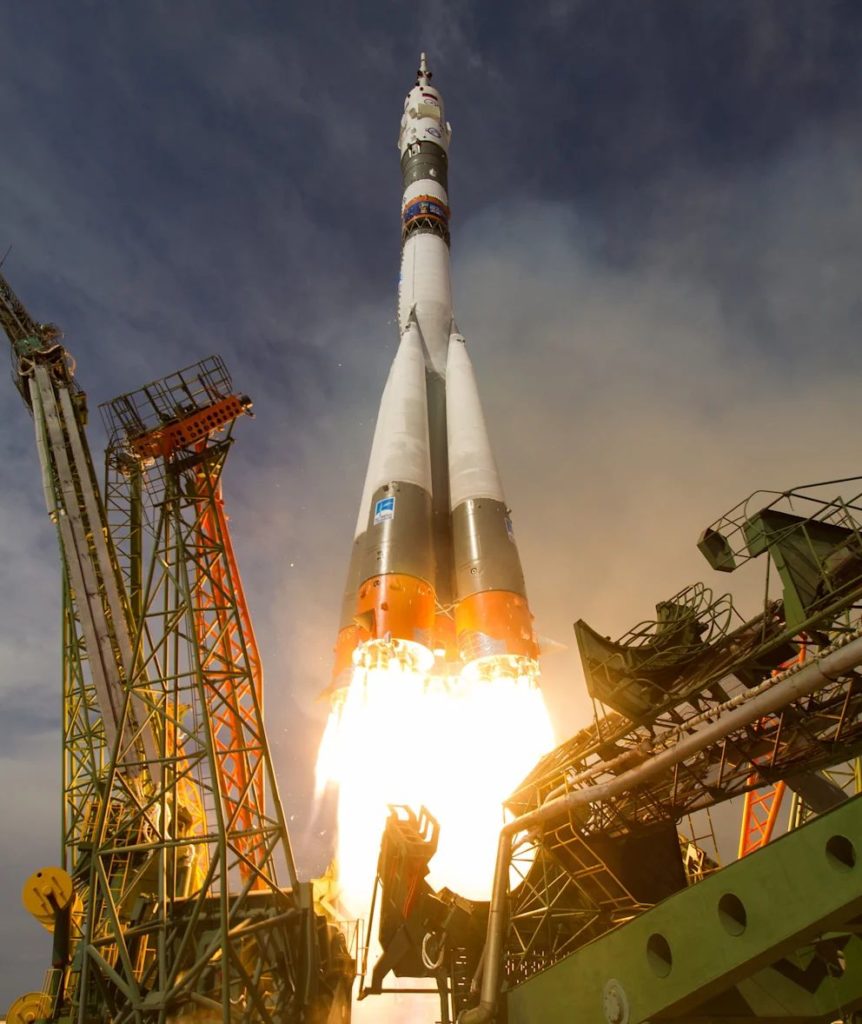Newsweek: Iran enters space race, launches first private satellites with Russian support
Iran has taken a significant step into the space race, launching its first private satellites, Kowsar and Hodhod, into orbit with the help of a Russian Soyuz rocket.


Iran has joined the space race alongside the US, China, and Russia by launching its first private satellites into space. This step marks the country’s entry into the field of space research, reports Newsweek, citing Tehran Times.
Russia and Iran have significantly deepened their military cooperation since 2022, with Iran supplying thousands of drones to Russia for use in Ukraine. In return, Russia has provided Iran with advanced military technology, including fighter jets and missile systems. The two countries have signed agreements to circumvent international sanctions and are likely to expand their partnership further, potentially including Iranian ballistic missile supplies to Russia. This growing alliance strengthens both countries’ military capabilities and has major implications for regional security and global geopolitics.
The privately developed satellites, Kowsar and Hodhod, were launched into orbit by the Russian Soyuz rocket, which also carried two Russian satellites, “Ionosphere-M,” among others.
The report notes that the launch of the satellites on a Russian rocket highlights the strengthening relationship between the two countries.
“This is only the beginning for us, we are only going forward from here,” said Faghih Imani, the CEO of the company responsible for building the satellites, adding that the development process took 15 years.
The Kowsar satellite is intended for use in agriculture, natural resource management, environmental monitoring, and disaster response.
Meanwhile, the smaller Hodhod satellite is used for communication, supporting agriculture, transportation, logistics, and environmental monitoring.
“Although this is not the first time Iran has launched satellites into space, it is the country’s first time doing so through the private sector. A Russian rocket also launched an Iranian satellite, Khayyam, in 2022, and sent Pars-1, another Iranian satellite, into space in February. The country also launched a research satellite, Madha, earlier this year, and used its own vehicle launcher called Simorgh,” says the report.
Earlier, Ukrainian military expert and former Security Service officer Ivan Stupak said that Ukraine was testing domestically produced drones capable of automatically targeting “Shahed” drones.
Ukraine develops new AI drones to counter Iranian-made Shaheds
Related:
- None of Russia’s 48 Shahed drones reach target during nighttime attack on Ukraine
- Russian missile strike on Kharkiv police station kills one, injures 46 people
- WP: Russian drones targeting Kherson civilians in ongoing “human safari”
- Russian missiles and drones target Odesa and Kramatorsk in nighttime aerial assault
You could close this page. Or you could join our community and help us produce more materials like this.
We keep our reporting open and accessible to everyone because we believe in the power of free information. This is why our small, cost-effective team depends on the support of readers like you to bring deliver timely news, quality analysis, and on-the-ground reports about Russia's war against Ukraine and Ukraine's struggle to build a democratic society.
A little bit goes a long way: for as little as the cost of one cup of coffee a month, you can help build bridges between Ukraine and the rest of the world, plus become a co-creator and vote for topics we should cover next. Become a patron or see other ways to support.



